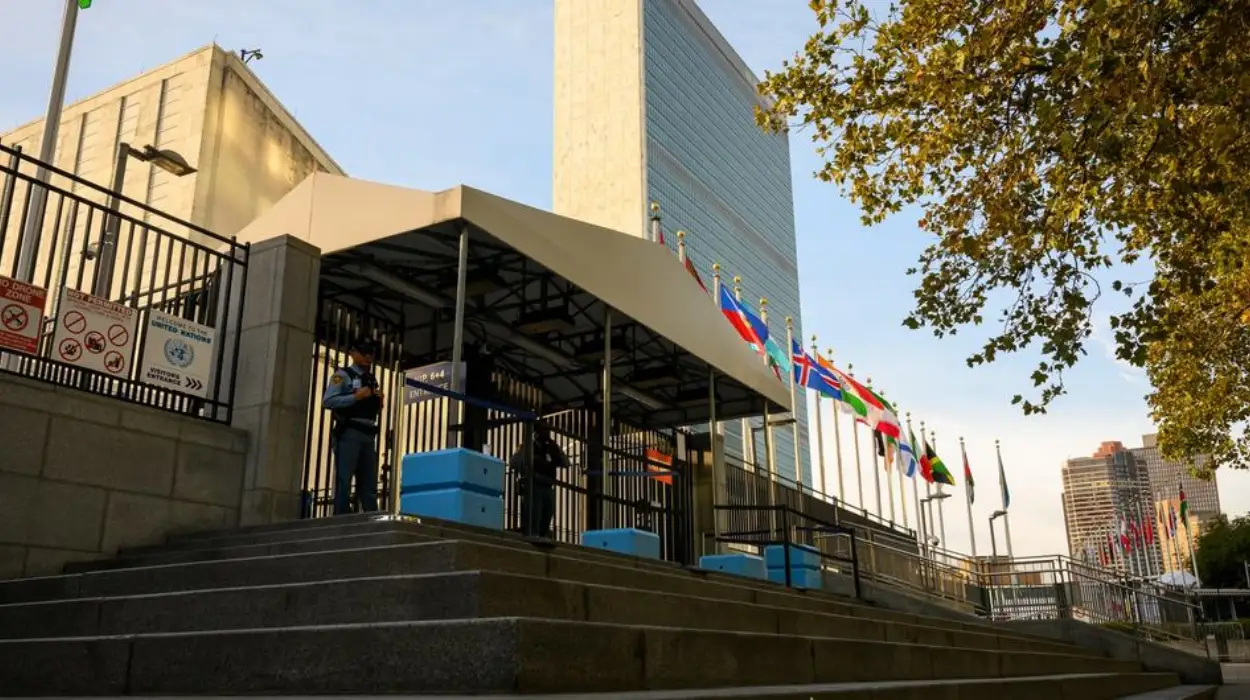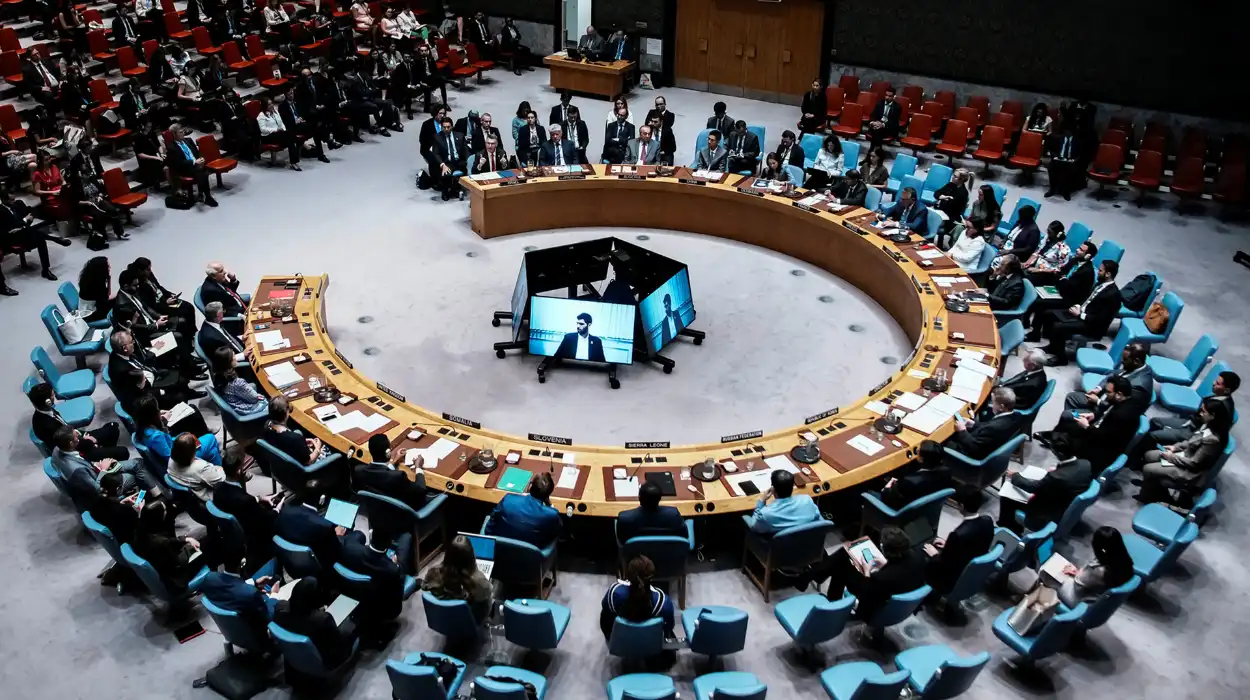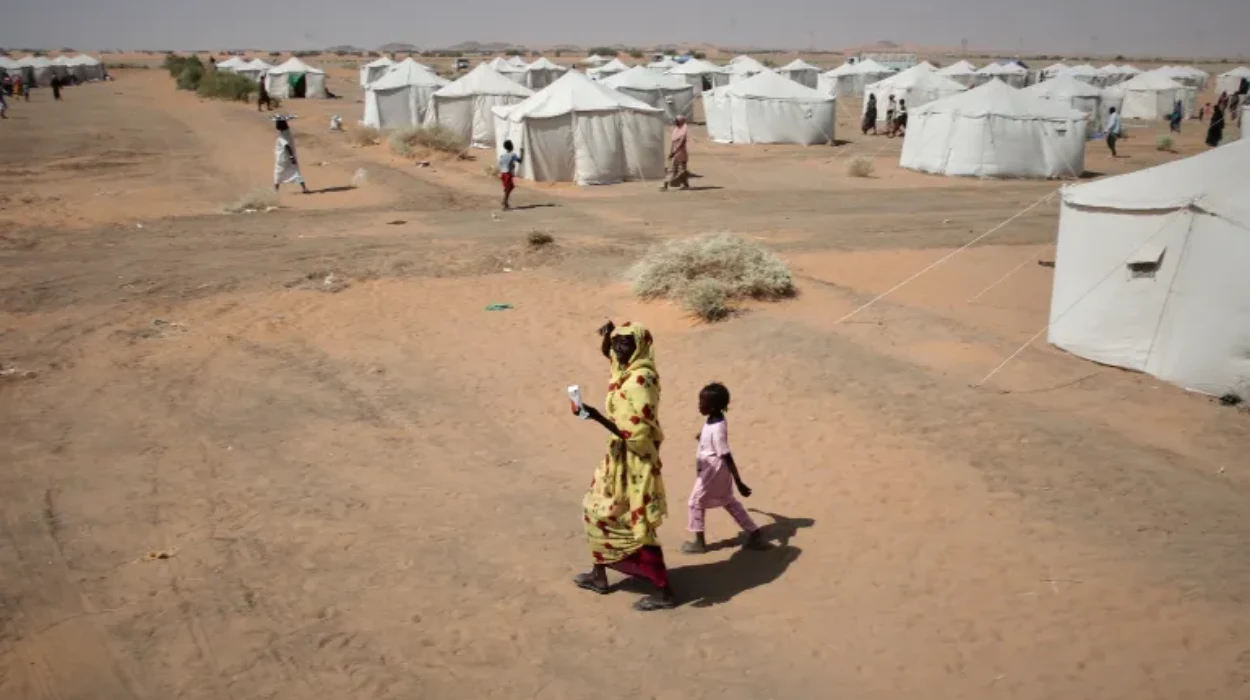In mid-2025, the food crisis escalated into a deadly emergency in Gaza with 875 certain fatalities due to hunger-related causes. With an economy under almost complete blockade and persistent acts of hostilities, the civilians of Gaza with a population close to 2 million are in the predicament of having the accessibility of food, fundamental facilities, and citizen health break down in a systematic fashion. Life-saving assistance is still held at the borders in spite of the pleas of humanitarian organizations, and the local food production has been eradicated.
The state of affairs currently happening can be regarded as one of the sharpest cases of starvation in the modern history of the region.
Escalating Food Insecurity and Nutritional Collapse
Record-Level Hunger Across the Enclave
According to the latest Integrated Food Security Phase Classification (IPC) data, the situation in Gaza is that nearly all of its population is facing acute food insecurity. About 470,000 individuals have already experienced IPC Phase 5, or in other words, the state of catastrophe, which implies that the state of starvation, death, and destitution is already in action. This number is 20 percent of the population and higher than the world mark when it is usually assessed as the declaration of famine.
The risks of severe acute malnutrition that affect more than 71000 children under five and over 17000 pregnant and lactating women are in dire need of cure by the World Food Programme (WFP). These figures have skyrocketed since March of the year 2025 when aid delivery was drastically reduced and food delivery systems collapsed to the pressure of bombardments and people sending off.
Daily Calorie Deficits and Worsening Health
The average number of calories now being consumed in Gaza has plummeted to about 1,400 per individual a day, a level that is way low compared to the 2,300 minimum amount of calories required to survive. Families are living on scanty rice, lentils or bread rations which are arranged at times to go without eating due to such negligent situations. The lack of clean water and clogged health facilities aggravates the nutrition crisis situation and given the prevalence of diarrhea, infections and issues of hygienic twisted diseases, children and the elderly are more prone to nutrition ‘crisis’.
The Impact of Blockade and Infrastructure Destruction
Cutoff of Humanitarian Aid and Price Volatility
As of March 2, the blockade has been seriously augmented by the Israeli personnel, severing the assistance convoys and sealing the key access points. This has left Gaza with the inadequate amount of food aid that only 18,000 metric tons has been distributed since late May, leaving such a minuscule percentage of the population fed.
Even the local markets indicate the crisis: the wheat flour that previously was offered at 7 dollars per 25kg sack now sells within the 235-520 dollar range- which implies nearly a 3000 % increase. Very basic food stuff such as cooking oil and canned food materials as well as infant formula are primarily unattainable or out of reach.
Collapse of Local Agriculture and Fisheries
More than 95% of Gaza’s farmland has been rendered unusable due to shelling, contamination, and access restrictions. What remains is insufficient to produce meaningful yields. The fishing industry—historically vital for Gaza’s food supply and economic independence—remains paralyzed under tight naval enforcement and coastal insecurity.
While 116,000 metric tons of food aid are reportedly pre-positioned outside Gaza, their entry remains blocked by security restrictions. UN agencies assert that this stockpile could stabilize conditions for up to a million people if corridors were opened immediately and consistently.
The Human Toll and Conditions on the Ground
Fatalities in the Search for Food
The verified 875 deaths associated with hunger cuts across the people who died in the stampede at relief points of food or when live bullets were used close to the relief convoys or those who succumbed in long lines due to lack of energy and dehydration. Humanitarian workers report numerous unreported cases of death with every confirmed death because health services are in shambles and communication is broken.
More than 40,000 newly displaced people are staying in temporary shelters now. These over-populated centers do not have enough food, potable water, and sanitation, to propagate further the disease and food poisoning. People who are most at risk are the vulnerable write children, pensioners and persons with disabilities, who can spend days without any good food and medical help.
Civilian Voices Amid Crisis
People on the ground paint a grim picture of the daily routine of ration, fear and being powerless.. Many report selling household items or livestock in exchange for food. Parents frequently skip meals to feed their children, and mothers report giving water mixed with sugar or herbs to simulate feeding.
UN humanitarian chief Martin Griffiths has emphasized,
“There is no excuse for people starving while food sits at a border.”
WFP Executive Director Cindy McCain echoed this urgency:
“Delays are costing lives every day.”
Legal and Political Dimensions of the Blockade
Starvation as a Weapon of War
Humanitarian observers and legal experts cite potential cases of international humanitarian law, in particular the Fourth Geneva Convention, which criminalizes the deprivation of civilians of livelihood by use of starvation as an instrument of warfare. Purposeful destruction of agricultural structures/systems, fuel blockages, and attacks on infrastructure-related infrastructure face questions in terms of intent, as applied to the global law.
Shortage of fuel has paralysed fuel desalination and sewerage plants, leading to additional contamination of the little existing water supply. The hospitals that work with limited power are unable to maintain nutrition centers or re-hydration units which adds on to the number of those who die due to hunger-related diseases.
Diplomatic Calls for Access and Accountability
The UN, WFP, WHO and a group of 83 NGOs are demanding that the blockade is lifted and the secure humanitarian corridors established without further delay.These requests include international monitoring mechanisms to ensure aid reaches civilians, and legal guarantees of safe passage for workers and convoys.
There is also growing pressure on the international community to establish responsibility and enforce consequences if legal violations are confirmed. Several states have backed proposals for an independent investigation into whether starvation has been used deliberately as part of broader military objectives.
Disparities Across Geography and Demographics
Uneven Access Within Gaza
There is an extensive nature of food insecurity, but different regions are characterized by different extents of the problem. The rates of SAM and death are highest in Northern Gaza and Gaza City, which is under more bombardments and restraints. In contrast, southern regions such as Rafah have seen marginally better access to cross-border trade and aid—but remain overstretched due to population displacement.
Urban-rural gaps have grown. Rural communities that were based on now-lost farms are facing total ruin, whilst urban areas are getting clogged up and running out of resources. With nearly half of Gaza’s population under In mid-2025, the food crisis has escalated into a deadly emergency in Gaza with 875 certain fatalities due to hunger-related causes. With an economy under almost complete blockade and persistent acts of hostilities, the civilians of Gaza with a population close to 2 million are in the predicament of having the accessibility of food, fundamental facilities, and citizen health break down in a systematic fashion.
Life-saving assistance is still held at the borders in spite of the pleas of humanitarian organizations, and the local food production has been eradicated. The state of affairs currently happening can be regarded as one of the sharpest cases of starvation in the modern history of the region.18, the long-term impact on health and development is expected to be severe.
Infrastructure Limitations and Chronic Density
At over 6,000 people per square kilometer, Gaza’s population density severely constrains options for food distribution and shelter. Roads, storage facilities, and distribution centers have been damaged or destroyed, leaving few viable logistical routes even if the blockade were lifted immediately.
The effects of cumulative trauma, unemployment, and long-standing economic isolation compound this crisis. Mental health professionals, where present, report high rates of distress and despair among youth who see little prospect of escape or recovery.
A Tipping Point for Humanitarian Engagement
The food crisis in Gaza in 2025 is not a warning but reality that is counted in numbers of bodies, and number of hungry bodies and the broken systems. Appeals on the international stage have not yet changed the political equation but the ever-increasing loss of life and deteriorating projections are making it hard to ignore. UN has given warning that in case the conflict is not solved fast, Gaza may couple one of the worst famines in modern times in a war zone.
This individual has addressed the issue in an AP interview and has stressed how devastating a blockade can be on humans and the fact that humanitarian corridors must be established immediately in order to prevent more loss of life and avoid subsequent sufferings.
Gaza: 875 people confirmed dead trying to source food in recent weeks https://t.co/9rU9q1c8wZ
— George Andreopoulos (@GeorgeSpartacos) July 15, 2025Food crisis in Gaza in 2025 is not a hint but the reality which is calculated in terms of a quantity of bodies, and these are the hungry bodies and ruined systems. The politicking on a global platform has not yet shifted the balance of this equation but the constantly growing loss of life and increasingly bleak forecasts are becoming difficult to ignore. UN has warned that unless the conflict is resolved within a short period of time, Gaza can be paired with one of the worst famines in the present history in a war zone.
This person has spoken about the problem in an interview with AP and has emphasized how disastrous its effect can have on people and how humanitarian corridors have to be created now so that more people can be saved and so that in the future no one will suffer as they do now.









